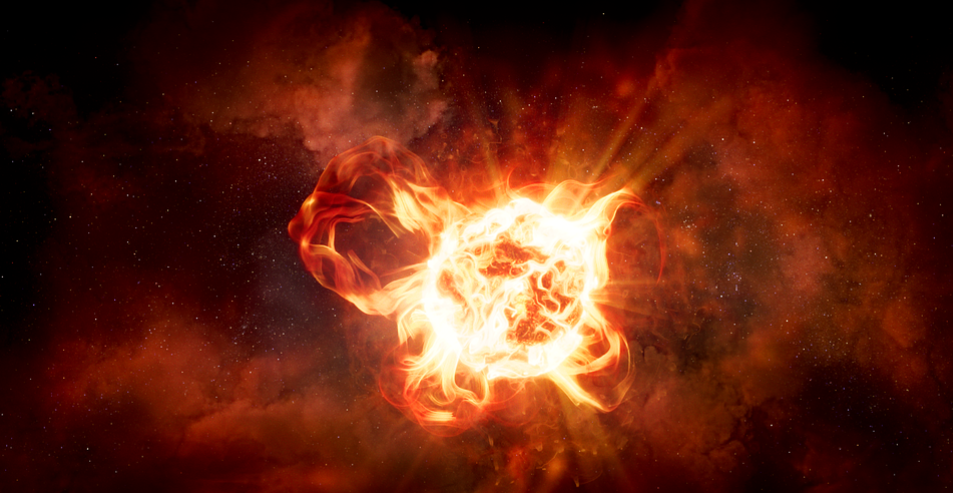
"Cosmic DNA" in the solar system recently confirmed that two mature systems, Kepler 52 and Kepler 968, are in fact, siblings.
The Milky Way galaxy is filled with stars, and they typically have the same origin story: a molecular cloud of gas from the past contracted under its gravity.
As the cloud ball starts to contract, it slowly emits heat, which makes it dense enough that mass starts to form in a runaway process. Millions of years passed, and proto-stars and mature stars began to develop -- and some are still creating.
For the very first time, two stars named Kepler 52 and Kepler 968 have been traced back to their original "parental" start cluster.B Because researchers finally found their parental origin, they confirmed that the two mature systems just recently left their childhood homes as siblings.
The Discovery
NASA's Kepler launched over ten years ago, and it has since discovered thousands of small and massive stars with surrounded planets.
Two of our current stars are located in the same region, and they are highly similar -- Kepler 52 and Kepler 968. These stars seem unrelated to each other on the surface, but researchers have excellent reasons to believe that they are from the same nursery.
Forbes confirmed that according to European Space Agency, their Gaia Mission collected data about the two stars.
Read Also: NASA Curiosity Rover Presents the Earth with Rare, Breathtaking Photos of Iridescent Clouds on Mars
Kepler 52 and Kepler 968 are two mature and evolved stars based on three indications.
- They are both fusing helium and hydrogen into their cores.
- Fully-formed planets and not protoplanetary disks only surround them. There are no other significant sources of dusty debris as well.
- Kepler 52 and Kepler 968 have mature solar systems similar to our own.
NASA's Transiting Exoplanet Survey Satellite, commonly called TESS, has also been observing these two stars. They were able to measure two critical properties of these stars:
- The speed of each star's rotation rates within its axis
- The mass of their parent star deduced by the orbiting planets' properties
'Cosmic DNA' - Finding the Parental Origin
With various data, Kepler 52 and Kepler 968 are confirmed to be part of a larger diffuse star cluster known as Theia 520. Becausethey are from the same cloud of gas, data shows that the two stars indicate:
- Following the same rotation period vs. mass correlation
- Same ages at about a few million years
- And to have the same approximate heavy element component or metallicities - as one another
Theia 520 approximately has 400 stars across a vast area of the sky. Although the stars' metallicities are hard to come by, research shows that a randomized cluster of stars has consistent findings.
Kepler 52 and Kepler 968 match Theia 520's rotation and mass correlation pretty well, which leads scientists and researchers to believe that it is their parental origin, making them biological siblings!
Related Article: NASA's Juno Will Have a Chance to Peek Into Jupiter's Moon - Ganymede
This article is owned by Tech Times
Written by Fran Sanders








